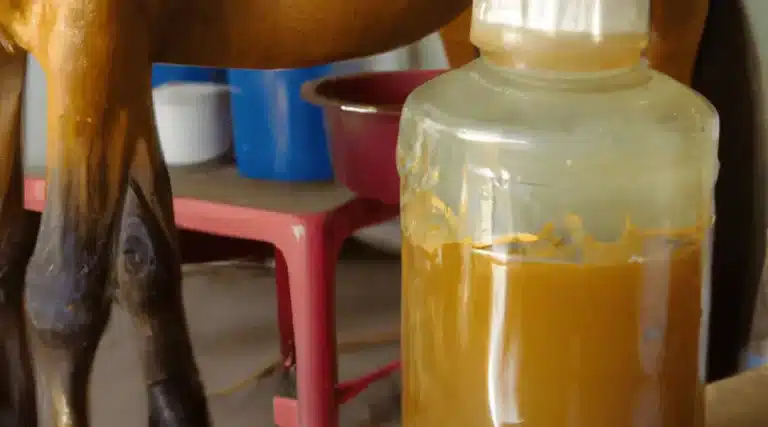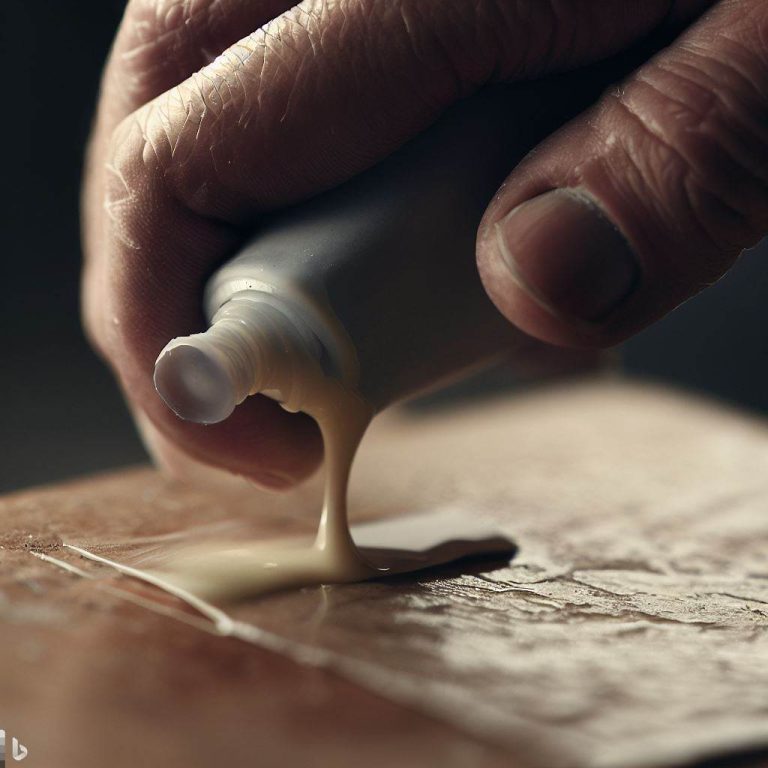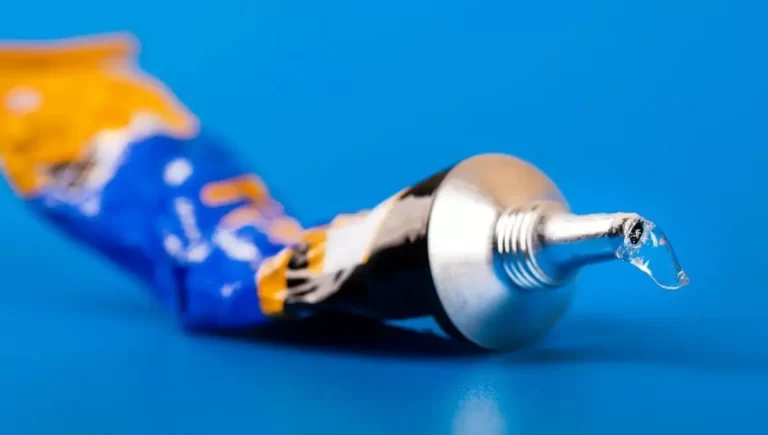Removing glued tiles from walls can be a daunting task, especially when one is concerned about causing damage to the surface underneath. There are various methods and techniques available for removing tiles without damaging walls, but it can be challenging to determine the most effective and efficient approach.
Some argue that removing tiles without causing damage is impossible, while others believe that it is possible with the right tools and techniques. This article aims to provide easy solutions for removing glued tiles from walls without causing damage.
Through a step-by-step guide, readers will learn how to assess the type of glue used, gather the necessary tools, prepare the work area, apply the removal method, work in sections, clean the wall, and add final touches. By following these steps, readers can confidently remove tiles from walls without causing any damage and achieve a clean and polished finish.
With these easy solutions, readers can enjoy the freedom of updating their space without the fear of causing irreparable damage.
Assess the Type of Glue Used
The initial step towards successful removal of tiles from a wall involves assessing the adhesive type used during installation. Common adhesives used for tiling include mastic, thin-set mortar, and construction adhesive. Identifying the type of adhesive used is crucial for determining the best approach for removing the tiles without causing significant damage to the wall.
There are various testing techniques to help determine the adhesive type, including scraping a small section of the adhesive with a putty knife or using a solvent to soften the adhesive and determine its reaction. Once the adhesive type is identified, the next step is to gather the necessary tools for the removal process.
Gather the Necessary Tools
Acquiring the essential tools is a crucial initial step towards effectively addressing the challenge of separating adhered tiles from surfaces. Tool selection must be based on the type of glue used, as some tools may be incompatible with certain adhesives.
Some budget friendly alternatives for tools include using a putty knife, hammer, chisel, or scraper. Safety measures must also be considered when selecting tools, as they can be hazardous if not used properly. Goggles, gloves, and a face mask can help prevent injury and exposure to dust particles.
Once the necessary tools have been gathered, the next step is to prepare the work area to ensure a smooth and efficient process.
Prepare the Work Area
One study found that preparing the work area before attempting to remove adhered tiles is crucial for the success of the project.
Tips for decluttering the workspace include removing any furniture or objects that may obstruct movement to ensure easy access to the wall.
Additionally, it is important to ensure proper ventilation to reduce the risk of inhalation of harmful particles.
Importance of safety measures during preparation cannot be overstated, as it can prevent accidents and injuries.
The space should be well-lit, and any hazardous materials should be properly stored to prevent accidents.
By taking these necessary precautions, the removal process can be carried out smoothly and safely.
With a clear workspace and proper safety measures in place, the next step is to apply the removal method.
Apply the Removal Method
This section discusses various methods for removing glued tiles from walls without causing damage.
Three key methods are the Heat Gun Method, Chemical Solvent Method, and Mechanical Method.
Each method is unique and has its own advantages and disadvantages.
By understanding these methods, individuals can choose the best approach for their specific situation and achieve the desired outcome.
Heat Gun Method
The application of heat through the use of a specialized tool can effectively break down the adhesive bond between the tiles and the wall surface, resulting in the separation of the tiles without any detrimental impact on the underlying structure.
The heat gun method is an effective way to remove glued tiles from walls without causing any damage, but it also has its advantages and limitations.
Some of the advantages include its ability to work quickly, its ease of use, and its ability to remove tiles without causing damage to the structure.
However, the heat gun method may not work on all types of adhesive, and it can be dangerous if not used correctly.
Additionally, the method may not be suitable for certain types of surfaces, such as delicate or highly flammable materials.
To use this method, first, ensure that you have a good quality heat gun and protective gear.
Then, direct the heat towards the tiles, holding the tool at a safe distance to avoid causing any damage.
The heat will soften the adhesive, allowing you to gently pry the tiles off the wall surface.
Overall, the heat gun method is an effective and practical solution for removing glued tiles from walls, especially for those who desire a quick and easy removal process.
However, if this method does not work for you, there are other methods to consider, such as the chemical solvent method.
Chemical Solvent Method
The Chemical Solvent Method presents an alternative approach to the removal of adhesive tiles from wall surfaces, utilizing specialized chemical agents to dissolve the adhesive bond and facilitate the separation of the tiles.
This method involves applying a chemical solvent to the adhesive, allowing it to penetrate and break down the bond between the tile and the wall.
The solvent is left to sit for a specified amount of time, typically 15-20 minutes, before the tiles are carefully removed using a scraper.
One of the major advantages of this method is that it does not require the use of heat, which can damage the wall surface or create a fire hazard.
However, there are also some cons to consider, such as the potential toxicity of the solvent and the need for proper ventilation.
It is important to follow safety precautions when using chemical solvents, such as wearing protective gloves and eyewear, and ensuring that the room is well-ventilated.
Overall, this method can be an effective and less damaging option for removing adhesive tiles from walls.
The subsequent section will explore the mechanical method for removing glued tiles from walls.
Mechanical Method
Applying mechanical force is a practical and effective method for detaching adhesive tiles from wall surfaces, which involves utilizing specialized tools to physically remove the tiles from the wall without compromising the integrity of the surface.
Pros of this method include its simplicity and affordability, as well as the fact that it does not require the use of any chemicals. Additionally, mechanical removal allows for greater control over the process, which can be beneficial when dealing with delicate or intricate surfaces.
However, there are also some cons to this method, such as the potential for damage if the tool is not used correctly, and the fact that it can be time-consuming and labor-intensive. Safety precautions must be taken to prevent injury, such as wearing gloves and eye protection and ensuring that the surrounding area is clear of any objects that could be damaged.
It is also important to work in sections, as this will make the process more manageable and prevent damage to the wall.
Work in Sections
Dividing the task of tile removal into manageable sections can potentially simplify the process and minimize the risk of harm to the underlying wall surface. Working in sections allows for better work efficiency and reduces the chances of damaging the wall. It is important to take safety precautions when working with tiles, such as wearing protective gear and using the proper tools.
Start by identifying a small section of the wall and removing the tiles from that area before moving on to the next section. This method allows for better control and prevents the tiles from breaking apart and causing damage to the wall.
Once all the tiles have been removed, it is important to clean the wall thoroughly before proceeding with any further work. This will ensure that the wall is free from any debris or adhesive residue, making it easier to install new tiles or to paint the wall.
Clean the Wall
As the tile removal process comes to an end, the next crucial step involves thoroughly cleaning the wall to ensure a smooth and even surface for any future work.
Wall cleaning techniques are essential in preventing wall damage during the removal process.
You can use a scraper or a putty knife to remove any adhesive residue left on the wall.
Alternatively, you can use a solvent that is safe for the wall material.
It is essential to clean the wall as soon as possible to avoid the adhesive hardening, making it more challenging to remove.
Additionally, you can use a sponge or a cloth to wipe down the wall, removing any dust or debris.
Once the wall is clean, you can proceed to the next step of adding final touches to your wall.
Final Touches
The final touches of wall renovation involve painting or decorating the wall and enjoying the newly refreshed wall.
These steps are crucial in completing the renovation process and ensuring that the wall looks visually appealing.
To achieve the desired outcome, it is important to follow the right procedures and use the appropriate tools and materials for painting or decorating the wall.
Painting or Decorating the Wall
Painting or decorating the wall can be a simple and effective way to revamp the space after removing previously installed tiles. Before starting the painting process, it is important to prepare the wall adequately. This involves cleaning the surface and filling any cracks or holes with putty.
Once the wall is prepared, the next step is choosing the right color. This can be a daunting task, but it is essential to select a color that complements the room’s decor. Consider factors such as lighting, furniture, and accessories when making color choices. Additionally, create a color scheme that harmonizes with the overall theme of the room.
Painting or adding wallpaper to the wall can evoke emotions of excitement, creativity, and freedom. It is an opportunity to express oneself in one’s living space and breathe new life into a room.
After enjoying your newly refreshed wall, you can move on to the next step of adding finishing touches to the room.
Enjoying Your Newly Refreshed Wall
Revamping a living space by adding a fresh coat of paint or new wallpaper can create a sense of renewal and offer an opportunity for individuals to express their unique style and creativity.
After removing glued tiles from the wall without causing damage, the next step would be to enjoy your newly refreshed wall.
One way to add a personal touch is by incorporating wall art that complements the color coordination of the room. This can be achieved by selecting pieces that match the existing color scheme or by introducing a new color that creates a harmonious balance.
Whether it is a statement piece or a collection of smaller works, wall art can enhance the aesthetic appeal of any room and serve as a reflection of the occupant’s personality.
Additionally, the newly refreshed wall can be further enhanced by incorporating other decorative elements such as mirrors, shelves, or plants. These items not only add visual interest but also serve a functional purpose in the room.
Ultimately, the key to enjoying your newly refreshed wall is to experiment with different design elements until you achieve a look that makes you feel happy and free.
Conclusion
Glued tiles on walls can be a headache to remove, especially if you are unsure of the appropriate method to use. To avoid causing damage to the wall, it is crucial to assess the type of glue used, gather the necessary tools, prepare the work area, and apply the removal method. Working in sections and cleaning the wall can also help ensure a smooth removal process.
First, identify the type of glue used to fix the tiles on the wall. This will help you determine which removal method to use.
Next, gather the necessary tools such as a scraper, putty knife, heat gun, and gloves. Prepare the work area by covering the floors and furniture with protective materials to avoid damage from falling tiles.
To apply the removal method, start by loosening the tiles from the wall using a heat gun or scraper. Work in sections to prevent damaging the wall or causing injuries. Once all the tiles are removed, clean the wall with a damp cloth and allow it to dry.
Finally, add final touches to the wall by filling any holes with spackling paste and sanding it to achieve a smooth surface.
According to a recent study by the National Association of Home Builders, the average homeowner renovates their home every 13 years. This shows that home renovation is a common practice among homeowners, and knowledge of how to remove glued tiles from walls without causing damage is essential. By following the steps outlined above, homeowners can save money and avoid damage to their walls during tile removal.






